There are now 9,300 EV charging locations compared to 8,400 fuel stations – almost 1,000 more public places to charge electric cars than there are fuel stations.
In less than a century since Britain’s first fuel station opened – November 1919 at Aldermaston in Berkshire – the number of forecourts has peaked, declined and been overtaken by charging stations designed for battery, not combustion, powered cars.
It has happened more than a year before Nissan’s 2016 prediction of August 2020 – a result of the accelerating adoption of EVs amongs UK motorists.
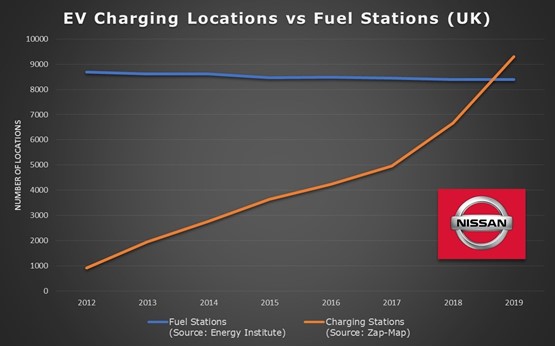 Table showing number of EV Charging Locations vs Fuel Stations in the UK – 2012-2019
Table showing number of EV Charging Locations vs Fuel Stations in the UK – 2012-2019
Almost 80% of UK petrol stations have closed since 1970, whilst the number of electric vehicle charging locations has increased from a few hundred in 2011 (when the Nissan Leaf went on sale) to more than 9,000 in August 2019.
Of these locations, more than 1,600 provide ‘rapid charging’, and can recharge a typical EV battery to around 80% in under an hour.
According to Zap-Map, two new rapid charge devices came online every day in the last month. Almost all UK motorway service stations have charging stations installed, the majority of which provide a rapid charge option.
Transport for London (tfL) has installed more than 1,000 EV charge points in the last year alone, yet supply of conventional fuel within the capital is becoming scarcer.
Central London has nearly half as many petrol stations per car as the Scottish Highlands; only four remain within the congestion-charge zone.
One of the country’s oldest forecourts, the Bloomsbury Service Station, which had been in operation since 1926, was closed in 2008.
The Department for Business, Energy and Industrial Strategy (BEIS) welcomed the figures showing the growth in the EV charge point network. A spokesman told Fleet News: “With charging points now outnumbering petrol stations in the UK, we are powering forward on the road to net zero emissions by 2050.
"This is happening alongside significant investment we’re already making to support the development of the latest vehicle battery technologies and establishing and strengthening low-carbon supply chains for the long term."
The introduction of the new Ultra-Low Emission Zone (ULEZ) in April 2019, has led to increasing numbers of London drivers looking to zero-emission solutions for their commuter or commercial transport needs.
Most electric vehicle owners only need to charge at home however, so the UK government is looking to further support EV adoption, recently announcing a proposal for the installation of charge points for EVs in all new housing.
Kalyana Sivagnanam, managing director, Nissan Motor (GB), said: “Many consumers are saying their next car will be electric. That means the industry needs to ensure their desires are met with both the car – how far it can go, what technologies it has – and how it interacts with the world around it – where they can charge and how convenient that is for them.
“We’ve moved beyond the early concerns of range anxiety with EVs now exceeding the vast majority of customer’s daily driving needs.
“The next challenge is for charging infrastructure to keep pace with the number of EVs on the road, and that the experience of recharging is as enjoyable and effortless as that of all-electric driving.”
Since Nissan launched the Leaf in 2010, EV technology has continually improved, with the latest models both affordable and practical for the majority of new car buyers. As a result, the UK is experiencing unprecedented growth in the demand for battery-powered transport.
In August 2019, compared to the previous year, demand for battery electric vehicles increased 158.1%, resulting in a 1.4% market share, the highest monthly market share on record.
Seán Kemple, director of sales at Close Brothers, said: “2019 may be remembered as the year when electric vehicles went mainstream. While sales are still relatively low in real terms, the speed of growth is accelerating, and it looks like we’re months, not years, from the tipping point.
"Consumers are becoming more aware of the benefits of AFVs or an electric vehicle – from environmental protection to lower costs of running a car after the initial outlay – and manufacturers are responding to this demand. The overwhelming number of EVs and AFVs on display at the Geneva Motor Show is evidence of this.
“Education is needed to help customers overcome their concerns about range, charging time and costs, and this sits with the Government and manufacturers alike.
"The Government should also steer its focus towards developing the infrastructure needed to meet the needs of rising demand, from charging points outside of the big cities to solutions for customers with on-street parking."



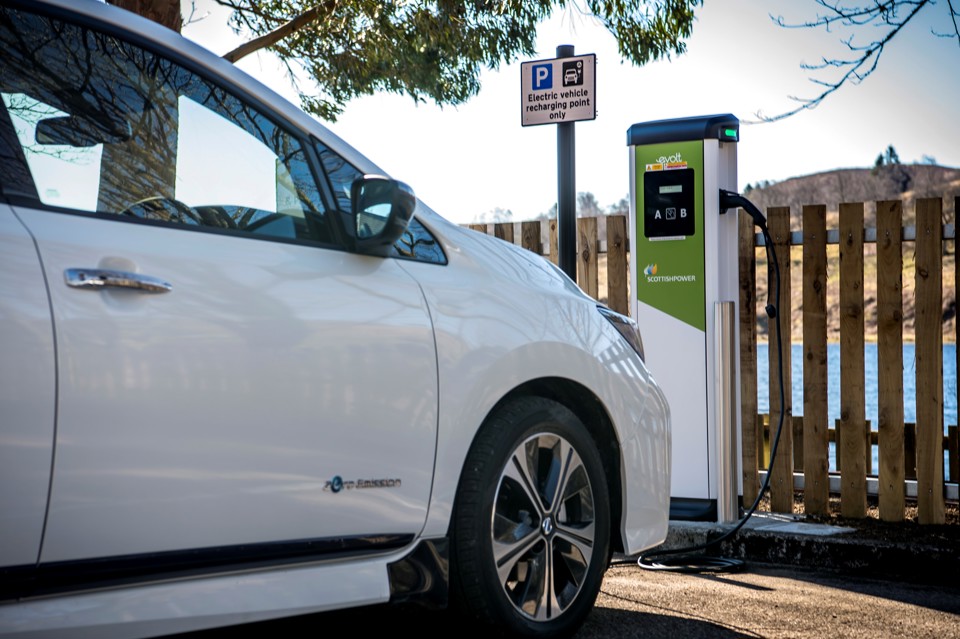



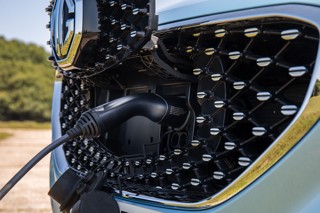
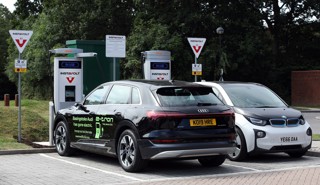
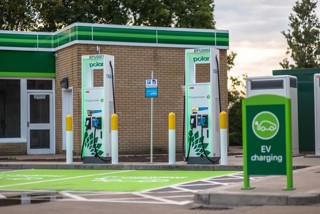















James Cunningham - 16/08/2019 11:45
This is very interesting and encouraging but we shouldn't be too carried away with the headline numbers. A typical petrol station will have perhaps 12-18 pumps, all of which are capable of refuelling an ICE vehicle in under 5 minutes. You can do the maths on throughput capacity compared to charging stations which will be fully occupied for hours by one EV. The rapid chargers are only roughly 15% of the total and they still need to be occupied for an hour.